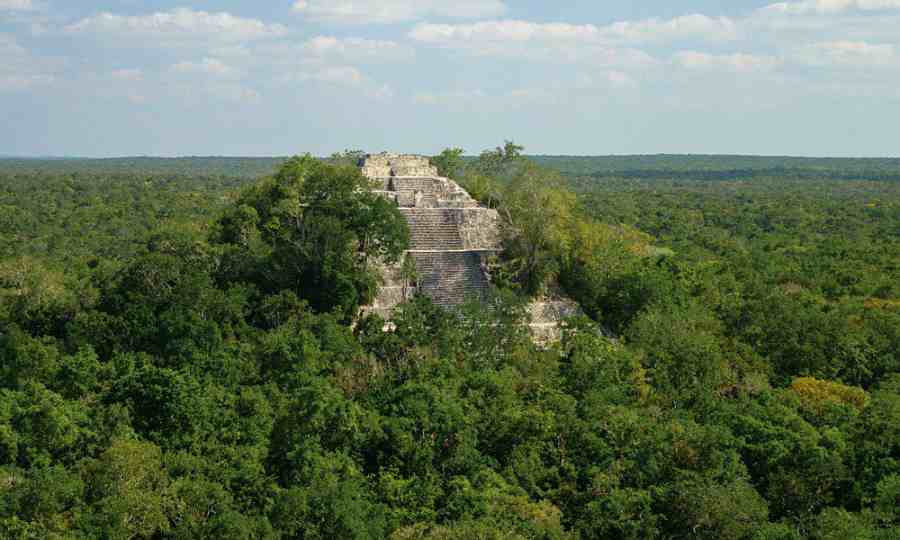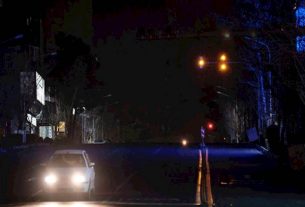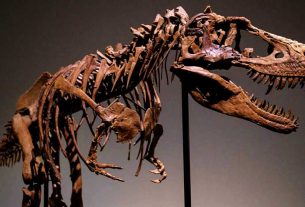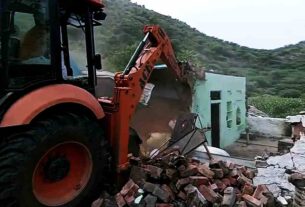Fri 01 November 2024:
In Mexico’s southeastern Campeche state, archaeologists have uncovered an enormous Maya city hidden for centuries beneath dense jungle canopy. Named “Valeriana” after a nearby lagoon, the city features an impressive array of structures, including pyramids, plazas, sports courts, causeways, and amphitheaters. Discovered through a laser technology called Lidar, this site is believed to be one of the densest Maya settlements after the famed Calakmul.

The ruins were found in eastern Mexico, in Campeche
Lidar Technology Reveals Hidden Civilizations
The discovery came by chance when Luke Auld-Thomas, a PhD student at Tulane University, stumbled upon a Lidar survey from a Mexican organization on environmental data. This remote sensing method, which sends thousands of laser pulses from a plane, unveiled the sprawling 16.6-square-kilometer city, revealing detailed structures previously invisible under the jungle. “It was just sitting on page 16 of a Google search,” Auld-Thomas noted, describing his surprise at the find.
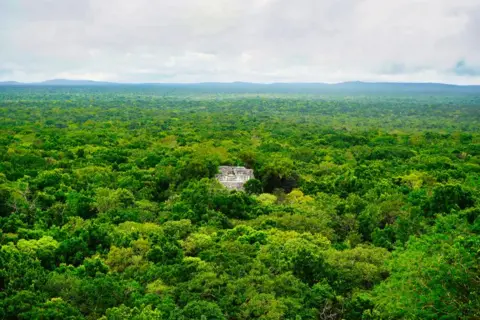
Estimated to have hosted a population of 30,000 to 50,000 people at its peak between 750 and 850 AD, Valeriana reflects a thriving urban center. The city’s two main hubs, nearly 2 kilometers apart, are surrounded by dense residential areas and connected by causeways. Archaeologists also identified temple pyramids, plazas, and a court for the Maya ball game, suggesting that Valeriana was a bustling religious, social, and economic hub.
Professor Marcello Canuto, a co-author of the research, emphasized that this find challenges the perception that tropical regions were inhospitable to advanced civilizations, stating, “The tropics weren’t where civilizations went to die—they flourished here.”
The Hidden City and Its Mysterious Collapse
Valeriana, located only a short hike from a major road near Xpujil, has likely long intrigued locals, who may have suspected the presence of ancient ruins beneath earthen mounds. Archaeologists suspect that climate change, especially prolonged droughts, played a significant role in the city’s eventual decline and abandonment. “The landscape was just completely full of people at the onset of drought, leaving little flexibility,” Auld-Thomas explained, adding that this strain may have forced communities to disperse as resources dwindled.
__________________________________________________________________________

https://whatsapp.com/channel/0029VaAtNxX8fewmiFmN7N22
__________________________________________________________________________
Discovery Reflects Larger Trend: Many Maya Cities Remain Hidden
Auld-Thomas and his colleagues uncovered two other sites along with Valeriana, identifying a total of 6,764 structures across the three locations. The revelation highlights the limitations of archaeological resources; there are now more Maya sites than researchers could feasibly study.
Reflecting on the massive potential for exploration, Auld-Thomas remarked, “One downside of finding all these new Maya cities in the era of Lidar is that there are more than we can ever hope to study.”
SOURCE: INDEPENDENT PRESS AND NEWS AGENCIES
__________________________________________________________________________
FOLLOW INDEPENDENT PRESS:
WhatsApp CHANNEL
https://whatsapp.com/channel/0029VaAtNxX8fewmiFmN7N22
![]()
TWITTER (CLICK HERE)
https://twitter.com/IpIndependent
FACEBOOK (CLICK HERE)
https://web.facebook.com/ipindependent
YOUTUBE (CLICK HERE)
https://www.youtube.com/@ipindependent
Think your friends would be interested? Share this story!


